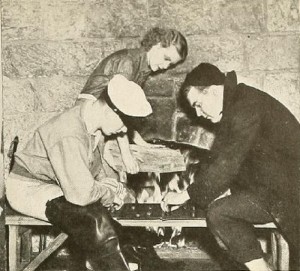
"East Coast, produced by the Rockville Cinema Club, is a picture that keeps the most jaded critic interested in its outcome. Carefully staged and convincingly acted, this story of the eternal triangle has an original twist. The production shows painstaking attention to story detail and photography, that leaves with the audience the feeling of having seen a finished picture. The acting was far above the average and shows the result of the club's previous experiences in making this type of picture. The sets were largely laid out of doors, but, both indoors and out, the exposure and lighting were handled in a most finished and competent manner. Smooth and logical, the scenarization, editing and titling represent a vast amount of careful preparation." Movie Makers, Dec. 1936, 542.
A film about a mother who thinks her family has won a competition in their local newspaper. When a series of unfortunate events happen after, the mother is relieved to find out she was only dreaming.
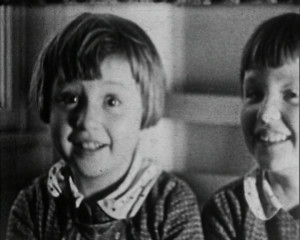
"Documentary. The holidays of two young children, Heidi and Erika, in the area of the Danube. Shots of the landscape, bathing, playing with animals, visits to the abbey at Melk and a castle" (EAFA Database).
"Electra, 400 ft., 16mm., produced by Clyde Hammond, is a picturization of that Greek drama. Its most novel quality is the evidence of an intelligent search for the best motion picture treatment to present an accurate film version of the story. A series of tableau like sequences were finally used with much better results than if the plot had been adapted and scenarized in the customary manner. Certainly this film version is much truer to the original than would otherwise have been possible. Not being able to erect the complicated sets that would seem necessary, Mr. Hammond used flat gray walls, producing the suggestion of ancient Greek palaces and dwellings with "props," costumes and occasional wall ornamentation. The photographic quality is uniformly good throughout and, one sequence has very good double exposures." Movie Makers, Dec. 1930, 787-788.
"Among the pictures awarded Honorable Mention is An Evening at Home, by Arthur E. Ojeda, ACL, a rare achievement in film planning — the family picture of interest outside the family. In it the father arrives home from his work and is greeted by the children. Soon, after the bedtime story, they toddle off upstairs, leaving the domestic stage clear for the grownups' dinner and the subsequently arriving neighbors. There follow a shaker of friendly drinks and a session of jigsaw puzzling after which the guests depart. The last lights go out and the film is over. Mr Ojeda's treatment of this theme is clearly sequenced, told without titles and mostly in closeups. Honorable mention was well deserved by the definite interest which he brought to the subject. With more perfect technical execution, an even greater honor might have been won by this family film." Movie Makers, Dec. 1934, 546.
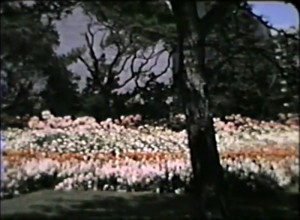
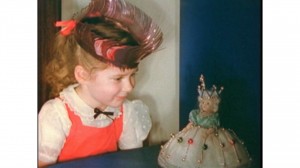
"The story of a little girl and the doll she wanted for Christmas. She asked for a fairy princess, got just a doll, but then the doll comes to life and dances, delighting the disillusioned miss and the film ends on a happy note." PSA Journal, Nov. 1956, 22.
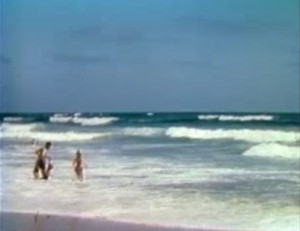
"During five summers from 1957 to 1961, the five-member Barstow family of Wethersfield, Connecticut, set out to visit all 48 of the then United States of America on a series of month-long camping trips. Part I includes seeing famous sites from "America's History" in 24 Eastern, Northern, and Southern states." Archive.org
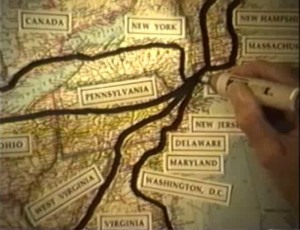
"During five summers from 1957 to 1961, the five-member Barstow family of Wethersfield, Connecticut, set out to visit all 48 of the then United States of America on a series of month-long camping trips. Part II showcases "America's Wonderlands" with 18 National Parks and other exciting attractions in the great Northwest and Southwest." Archive.org
"Family footage shot in a back garden. A woman holds a young girl in her arms and kisses her on the cheek. Also features five children and two women walking along a quiet country road on a windy day. They hold hands and form a circle to have a game of ring-a-ring-a-roses" (NWFA Online Database).
Total Pages: 29